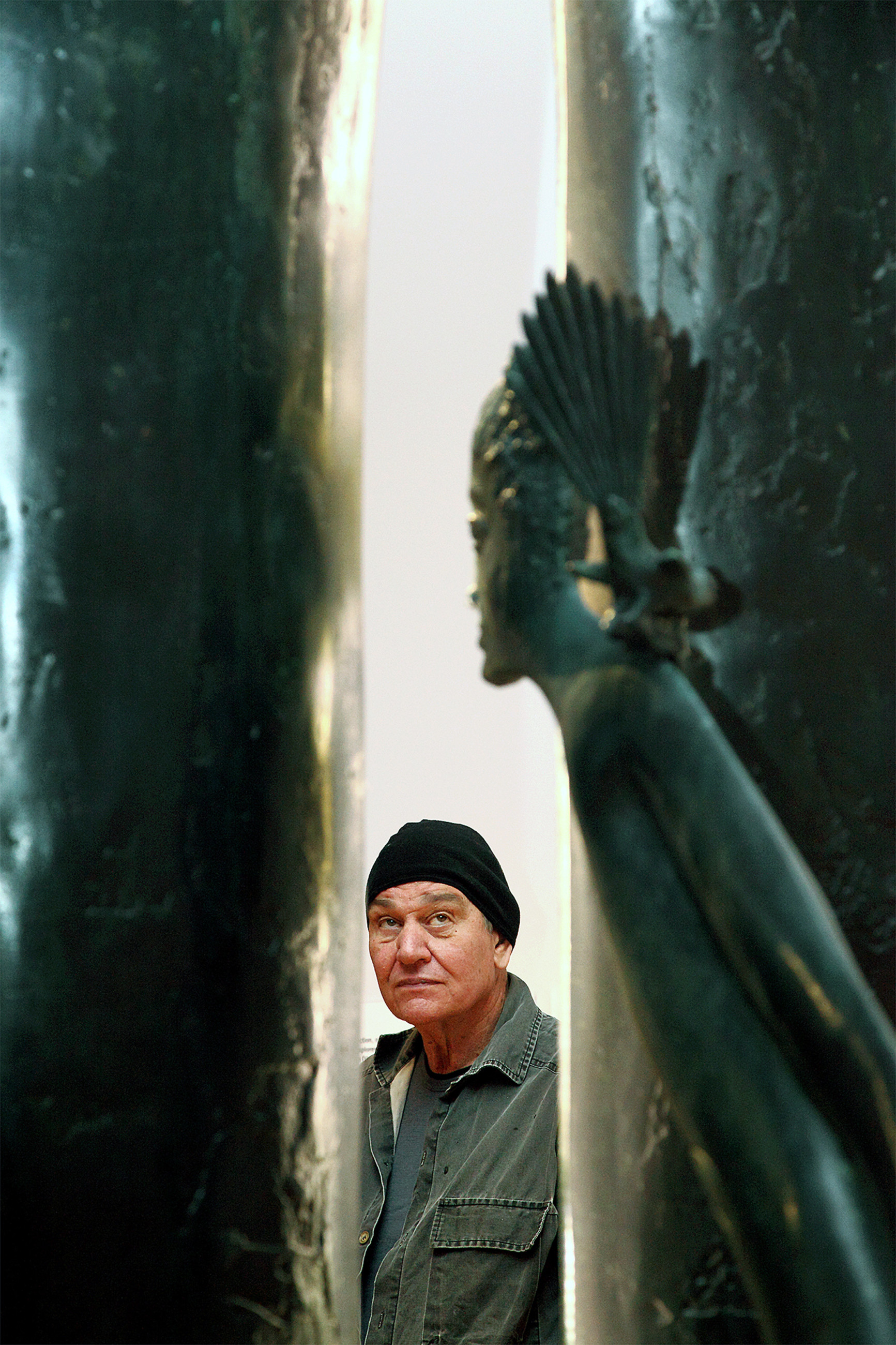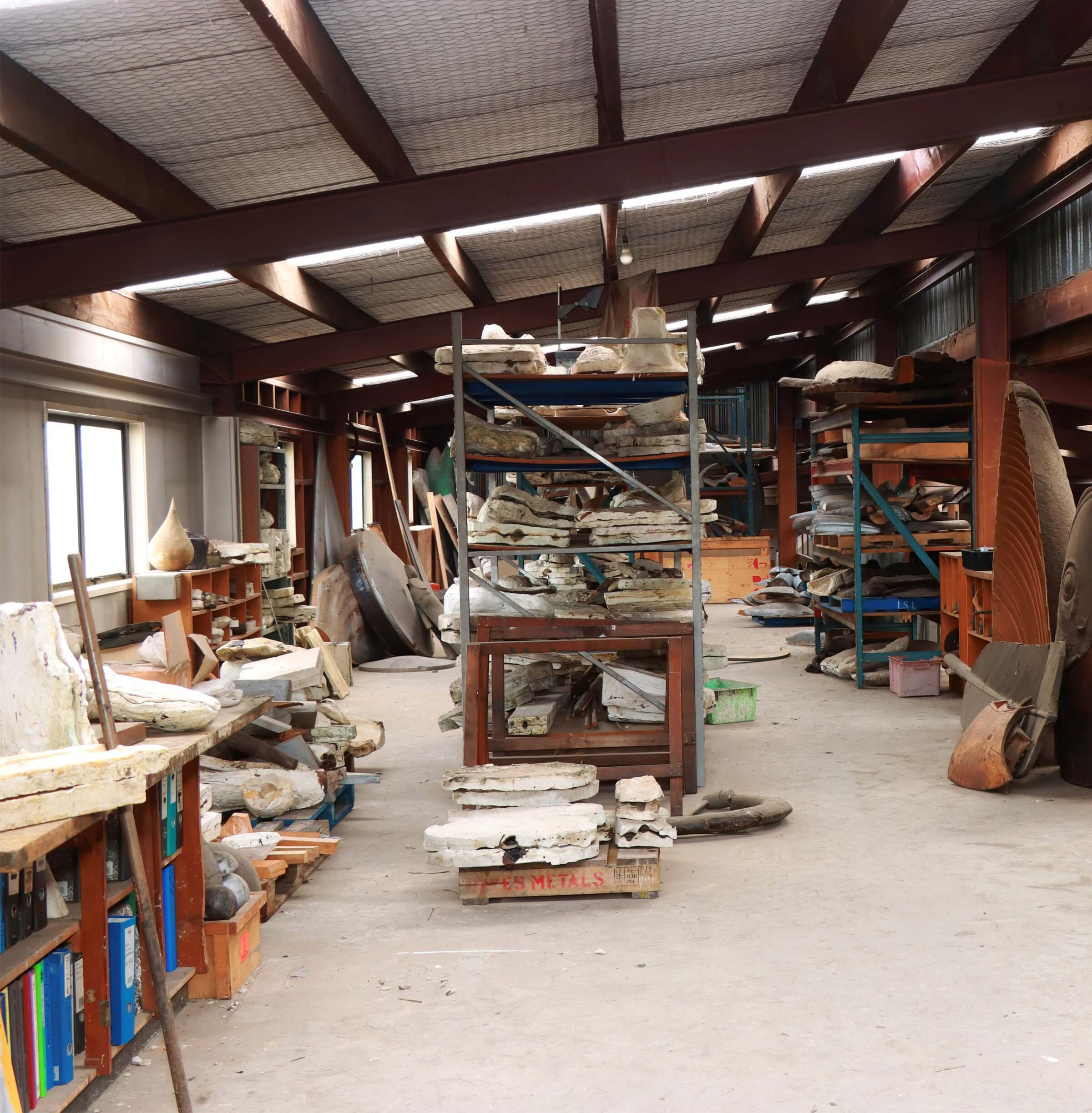Life + Work Biography
Life + Work BiographyPaul Dibble was born in 1943 in the little town of Waitakaruru (which roughly translates as “the owl that sits on the water”).
Once located near Thames, this farming outpost no longer exists. Paul was the eldest child of four children, in a dairy farming family. His early memories were of life on the farm, milking and building sheds, and adventures playing in the canals on homemade rafts finding artefacts, flints, adzes, and once part of a waka.
When Paul was five, local nurses discovered his heartbeat wasn’t located on the left side of his chest. Paul was checked in to Thames hospital for a period that extended out to a year. Initial concerns were that there was some sort of cyst that might be pushing the heart over, but eventually it was diagnosed as the rare condition of dextrocardia, which is without issue. This long stay in hospital left lasting impressions. Paul’s parents were only able to visit once a month, as Thames was considered a big trip from the farm. The hospital had open wards with iron framed beds which were mostly occupied by old men.
Paul attended the local school. He would run the 10 km distance each morning after milking and do the same to get home. When it came time to attend high school, he negotiated with his parents to buy a motorbike so he could get to Thames. This was mostly because there was no art class at the school in Ngatea, which was the closer option. At this stage, Paul already knew that he wanted to pursue art, although his exposure to it had been limited.
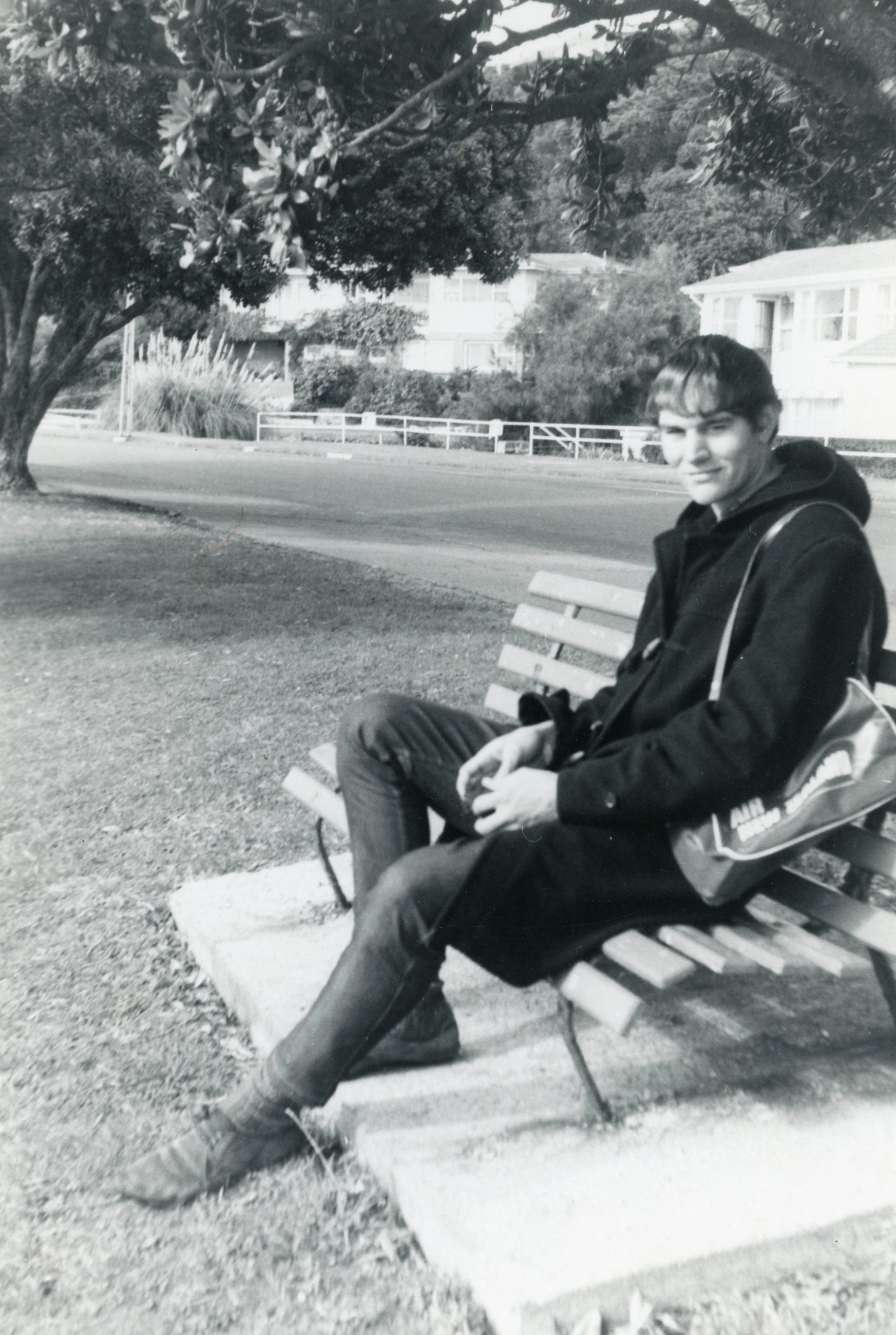
Paul was accepted into Elam Art School. He had submitted an application portfolio with some guidance from Garth Tapper, his relative who worked at the school. Moving to Auckland and studying at Art School was a bit of an epiphany. He revelled in the busyness of the city, the bright lights, and underground cafes. Student life was stimulating, and he was actively involved in university social clubs and organisations. He was one of only two students in his year group that went on to do the fourth-year diploma in sculpture.
Paul graduated in 1967. Attending Elam had been a financial struggle, and he often took on factory jobs at nights and in the holidays to make ends meet. To ease financial pressures, he enrolled at Teachers’ College, which offered him a scholarship in exchange for being bound to several years of teaching after graduation. But Paul discovered that Teachers’ College didn’t suit him and he dropped out.

Paul was introduced to architect James Hackshaw by his tutor from Elam, Colin McCahon. Instead of teaching, Paul began working for Hackshaw, making church objects – crucifixes, candlesticks, and tabernacles. After a few years, the work dried up. And then the Education Department came knocking, requiring him to teach, even without a completed teaching diploma. There were no jobs for art teachers available in Auckland, so Paul was shipped off to Dargaville. There, he cut his teeth in the classroom and discovered he had considerable flair. Paul was now married, having first met his wife Patricia Burke through friends at Elam. Patricia was building up her own career designing clothing for the small boutiques that were becoming fashionable, particularly in Auckland. This created further reason to return. After a few years’ teaching experience, Paul was able to get a job back in Auckland. He took up a position at West Lake Boys’ School on the North Shore.
As much as Paul enjoyed teaching, it came with pressure. He was the main earner for a family that was now three, with the birth of his son Benjamin in 1973. The salary was limited but vital, and the time constraints made artmaking difficult. Often, he took on extra jobs in the holidays to make ends meet, much like in his student years. Palmerston North Teachers’ Training College offered him a job, which included paid time to do his own work. It was too good an opportunity to turn down. Paul moved to Palmerston North in 1977 to take up the position, with the rest of the family moving down to join him a year later.
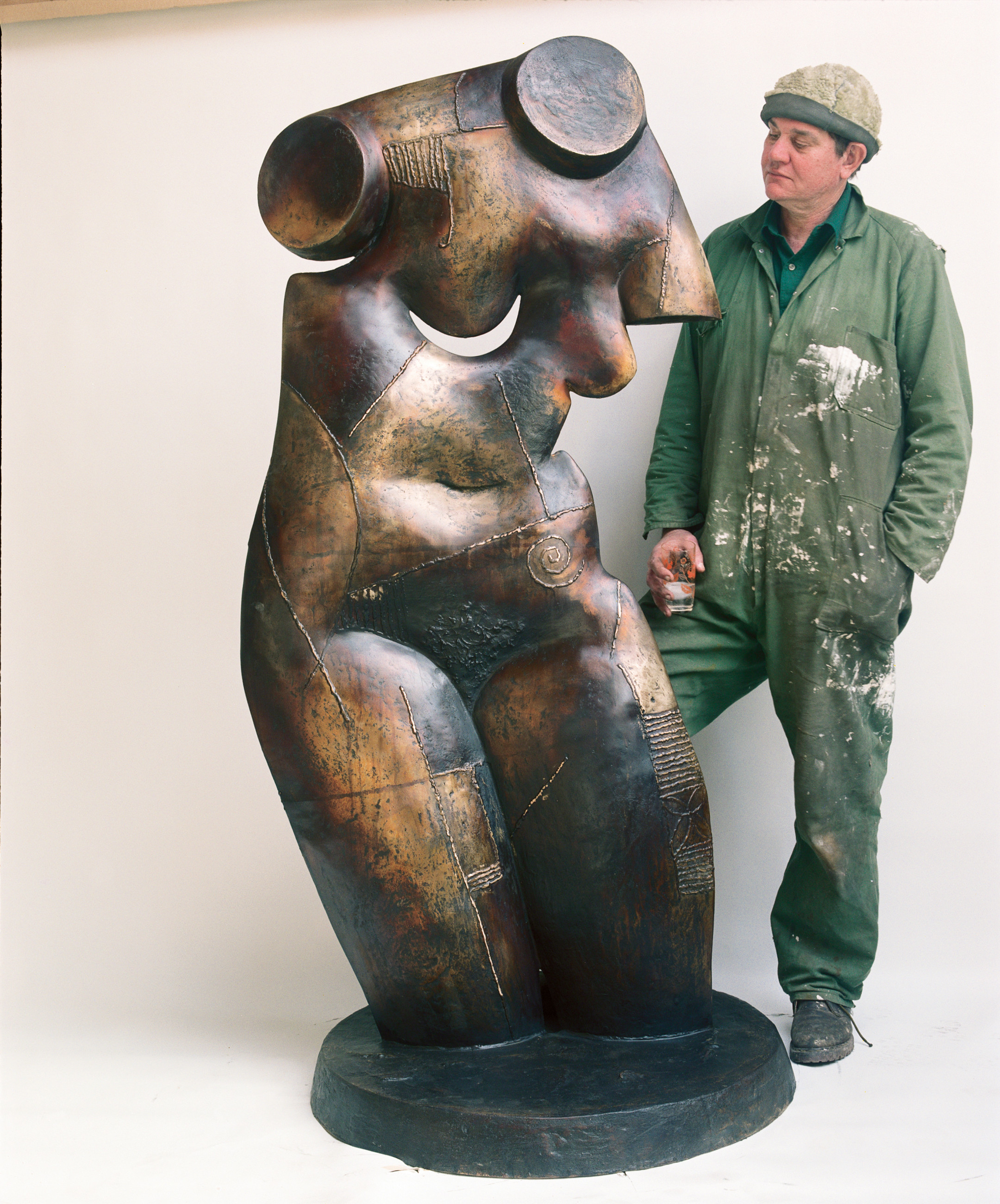
The Training College had a reputation for innovation. It was steeped in a new ethos in art training, which favoured trained art specialists with their own artistic practices, rather than generalist teachers. This new drive was immersive and innovative. Paul returned to making highly experimental works. These sculptures attracted attention, and some were included in travelling exhibitions, both within New Zealand with the Hansell’s exhibitions and to Mildura, Australia.
In 1981 his daughter Renae was born. The following year, Patricia died, leaving Paul to raise his two children. He was able to maintain his teaching position, though his artwork stalled. For a period of several years, he dropped his exhibition schedule.
In 1985 he married Fran McIntosh. The pair established a combined family, and over time created a unique art studio. Together, they not only designed art, but took on all aspects of the process. He returned to regular exhibiting, but now the experimental and temporary works were put aside. Instead, he sought to make sculptures that could endure and be part of towns and cities. In creating such public works, he drew on his early memories of ANZAC monuments and statues that were integral landmarks of New Zealand towns when he was growing up.

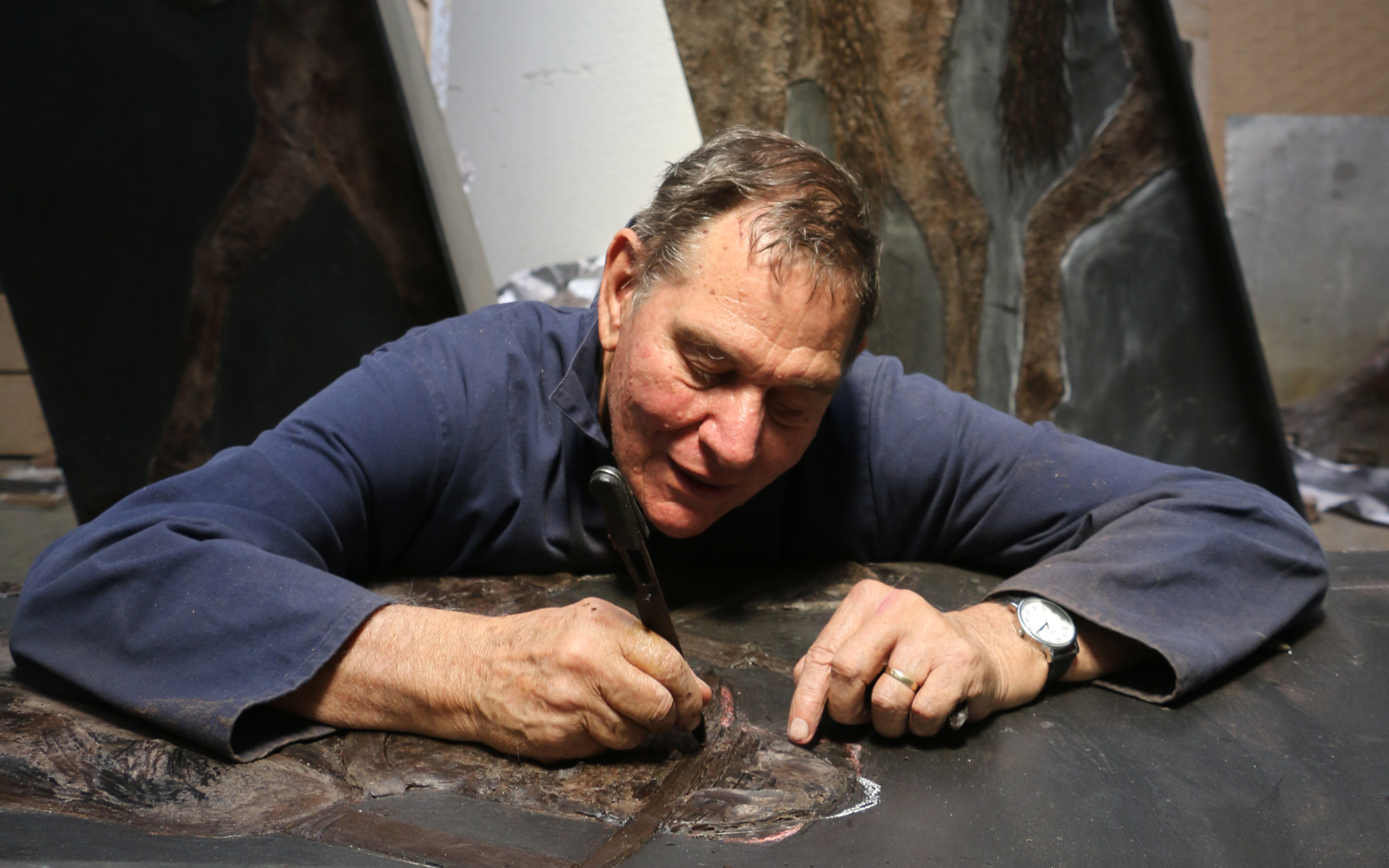
The working studio also needed to generate income. It had to finance an expanded family of four children. The studio developed slowly. First, Paul and Fran worked in a building behind their house, before moving to rented premises. Later, in 2000, they bought and modified their own building. Both began to wind down their teaching professions as the studio became increasingly viable. Paul cut back his teaching hours to part time, only guiding Masters students before giving it up entirely. Fran followed this progression once there was enough income for the family.
Paul had cast his own work since his student days – he had even built a furnace in the back yard of his art school flat in Mount Eden. But it had been an intermittent effort. As his studio practice expanded, he began producing considerably more complex artworks. New skills had to be learnt. The business grew as Paul attained gallery representation, and New Zealand art entered a new period of awakening.
Throughout his life, Paul’s vision never tired. He kept changing, and shifting his work to create new genres. He produced many works for schools, which he thought were important places for landmarks and art in general. One of his most significant works was the New Zealand Memorial in London at Hyde Park Corner, opened in 2006 by Queen Elizabeth II and the Royal Family.
Paul retained his ties with Auckland and built a house there that he considered retiring to, but the draw of the generous space and ease of work at the Palmerston North studio meant it remained his home. Paul died in 2023, aged 80.
RNZ interview with Paul Dibble from October 2020 is available here.
Awards:
2004 New Zealand Order of Merit
2007 Honorary Doctorate Massey University
2012 Honorary Fellow UCOL
